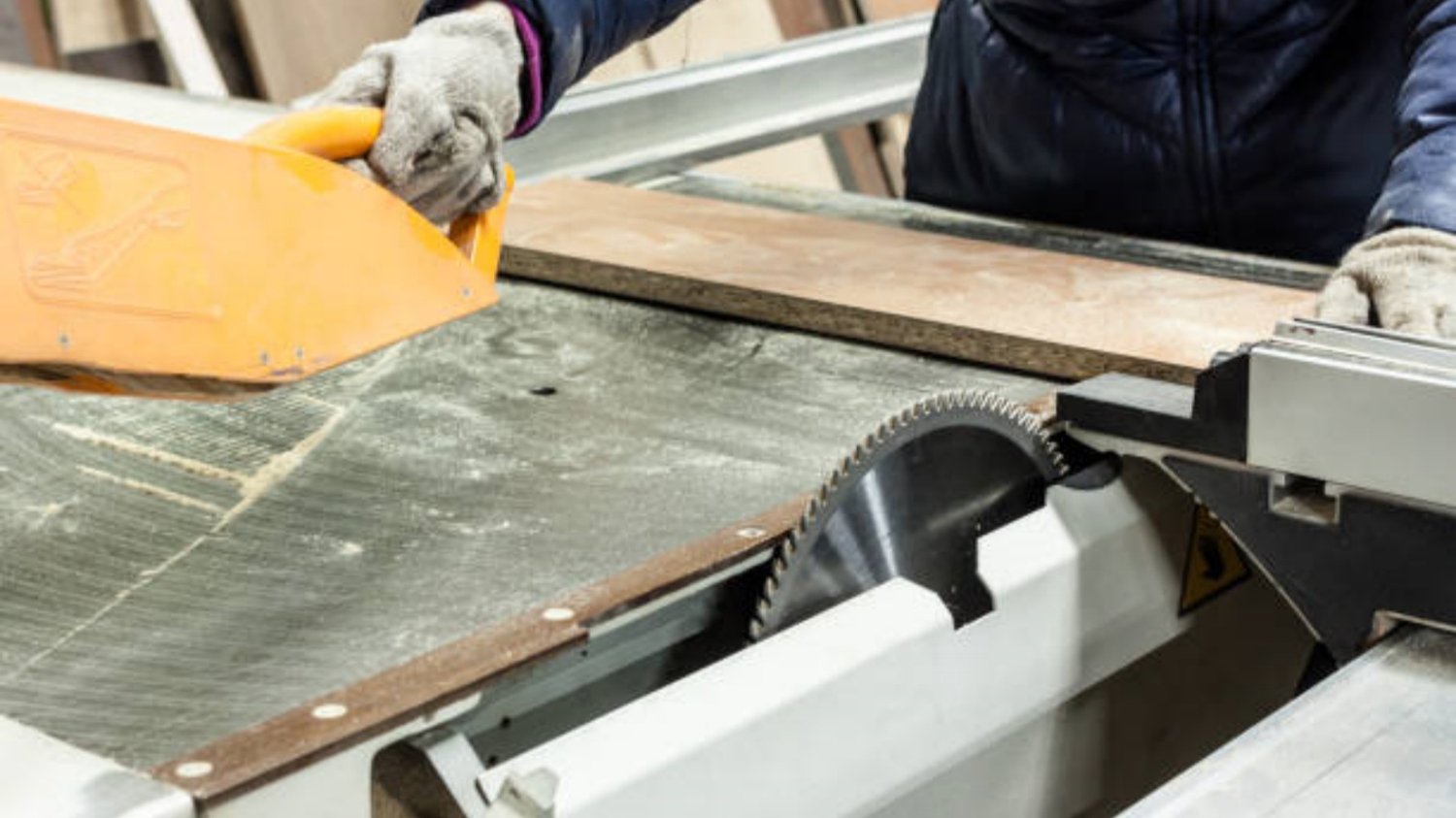Introduction
polyurethane foam scrap is a versatile material that has numerous benefits and uses in various industries. This article explores the different aspects of polyurethane foam scrap, including its composition, recycling process, and applications.
What is Polyurethane Foam Scrap?
Polyurethane foam scrap refers to the waste material generated during the manufacturing or processing of polyurethane foam products. It is a byproduct that often ends up in landfills, contributing to environmental pollution. However, with advancements in recycling technologies, polyurethane foam scrap can now be repurposed and reutilized in an eco-friendly manner.
The Composition of Polyurethane Foam Scrap
Polyurethane foam scrap is composed of polyurethane polymers, which are created through the reaction between polyols and isocyanates. These polymers form a rigid or flexible foam material, depending on the specific application. The composition of polyurethane foam scrap may vary depending on the manufacturing process, but it generally consists of a mix of polyols, isocyanates, blowing agents, flame retardants, and additives.
The Recycling Process
The recycling process for polyurethane foam scrap involves several steps to transform the waste material into reusable products. The first step is collection, where the scrap foam is gathered from various sources, such as furniture manufacturers, automotive industries, and construction sites. The collected foam scrap is then sorted based on its type, density, and quality.
Next, the foam scrap is shredded or granulated into small pieces to facilitate further processing. These small pieces are then cleaned to remove any contaminants or impurities. The cleaned foam scrap is further processed through various methods, such as mechanical recycling, chemical recycling, or thermal recycling.
In mechanical recycling, the shredded foam scrap is melted and extruded into new foam products. Chemical recycling involves breaking down the foam scrap into its basic components through chemical reactions, which can then be used to produce new polyurethane foam. Thermal recycling converts the foam scrap into energy through incineration, which can be utilized for power generation.
Applications of Polyurethane Foam Scrap
1. Insulation
Polyurethane foam scrap is commonly used as insulation material in buildings, refrigeration units, and appliances. Its excellent thermal insulation properties help to reduce energy consumption and maintain consistent temperatures.
2. Cushioning and Packaging
Due to its high resilience and cushioning properties, polyurethane foam scrap is widely used in the production of cushions, mattresses, pillows, and packaging materials. It provides comfort and protection during transportation, preventing damage to fragile items.
3. Automotive Industry
Polyurethane foam scrap finds extensive applications in the automotive industry. It is used for manufacturing car seats, headrests, armrests, and interior trims. The foam's ability to absorb impact and provide comfort makes it an ideal choice for automotive components.
4. Soundproofing
Polyurethane foam scrap is an effective soundproofing material due to its ability to absorb and dampen sound waves. It is commonly used in recording studios, theaters, and sound-sensitive environments to minimize noise pollution.
5. Carpet Underlay
Polyurethane foam scrap is used as carpet underlay to enhance the comfort and durability of carpets. It provides a cushioned base and improves insulation, reducing noise transmission and increasing the lifespan of carpets.
6. Furniture Manufacturing
Polyurethane foam scrap is a key component in the production of furniture. It is used for padding and cushioning in sofas, chairs, and upholstery. The foam's ability to conform to different shapes and provide comfort makes it a popular choice in the furniture industry.
7. Construction Industry
Polyurethane foam scrap is utilized in construction for various purposes, including insulation, sealants, and fillers. It is commonly used to fill gaps, cracks, and voids, providing thermal and acoustic insulation while improving structural integrity.
8. Recycled Products
Polyurethane foam scrap can be recycled into a range of products, including carpet padding, acoustic panels, gardening materials, and even new foam products. Recycling polyurethane foam scrap helps reduce waste and conserve resources.
9. Art and Crafts
Artists and crafters often repurpose polyurethane foam scrap for creative projects. It can be carved, shaped, and painted to create sculptures, props, and other artistic creations.
10. Renewable Energy
Through thermal recycling, polyurethane foam scrap can be converted into energy. This process helps generate electricity or heat, contributing to the production of renewable energy.
Conclusion
Polyurethane foam scrap is a valuable resource that can be recycled and repurposed in various industries. Its composition, recycling process, and wide range of applications make it an environmentally friendly alternative to traditional foam materials. By utilizing polyurethane foam scrap, we can reduce waste, conserve resources, and contribute to a more sustainable future.

